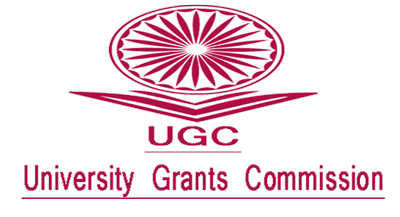Productivity, water use efficiency and economics of furrow irrigation methods in rainfed vegetables under dryland condition
Keywords:
B:C ratio, Continuous furrow irrigation, Energy use efficiency, Olericulture, Skip furrow irrigationAbstract
Rainfed agriculture encounters some major edaphic and climatic problems like land degradation, erratic rainfall pattern, moisture deficit or depletion due to uncertainty of monsoon and over-exploitation of natural resources. These problems pose a formidable challenge to the sustainability of rainfed crop production affecting the socioeconomic status of the farming community. Conservation and proper utilization of rainwater at critical stages of the crop for optimum crop production is still a challenge to rainfed farmers. Adopting olericulture (vegetable production) on different furrow irrigation methods under rainfed condition is a suitable technology to minimize the above risk for stability in crop production. Considering the above facts, an experiment was undertaken in the research farm of the All India Coordinated Research Project for Dryland Agriculture (AICRPDA), Odisha University of Agriculture and Technology (OUAT), Phulbani during kharif seasons of 2012, 2013 and 2014. Four rainfed vegetables, i.e. radish (cv. Pusa Chetki hybrid), cauliflower (cv. Pearl White hybrid), yambean (cv. Rajendra Mishri Kanda-1) and Okra (cv. Supriya hybrid) were taken as Factor-A treatments and three irrigation methods i.e. continuous furrow irrigation (CFI), skip furrow irrigation (SFI), and no irrigation (NI) were taken as Factor-B treatments. It was found from the experiment that among furrow irrigation methods, CFI was the best recording the highest radish equivalent yield (REY, 22.13 t ha-1) followed by SFI (19.1 t ha-1) and NI (13.71 t ha-1) and it exhibited 29.5, 46.7, 57.8 and 28.2% higher REY over NI in radish, cauliflower, yambean, and okra, respectively whereas it ranged from 7.9% in okra to 29.9% in cauliflower by SFI over NI on pooled analysis. Among rainfed vegetables, radish obtained the maximum vegetable yield (18.65 t ha-1) followed by yambean (9.78 t ha-1), okra (5.06 t ha-1) and cauliflower (4.85 t ha-1), whereas yambean recorded the maximum REY (24.52 t ha-1) followed by radish (9.78 t ha-1). The yambean under CFI also recorded the highest net income, B:C ratio and energy use efficiency (EUE), whereas radish recorded the highest crop water use efficiency (CWUE) and water productivity (WP) under the same treatment. The CFI irrigation method proved its effectiveness and efficiency during dryspell for high valuevegetable crops during the kharif season.







